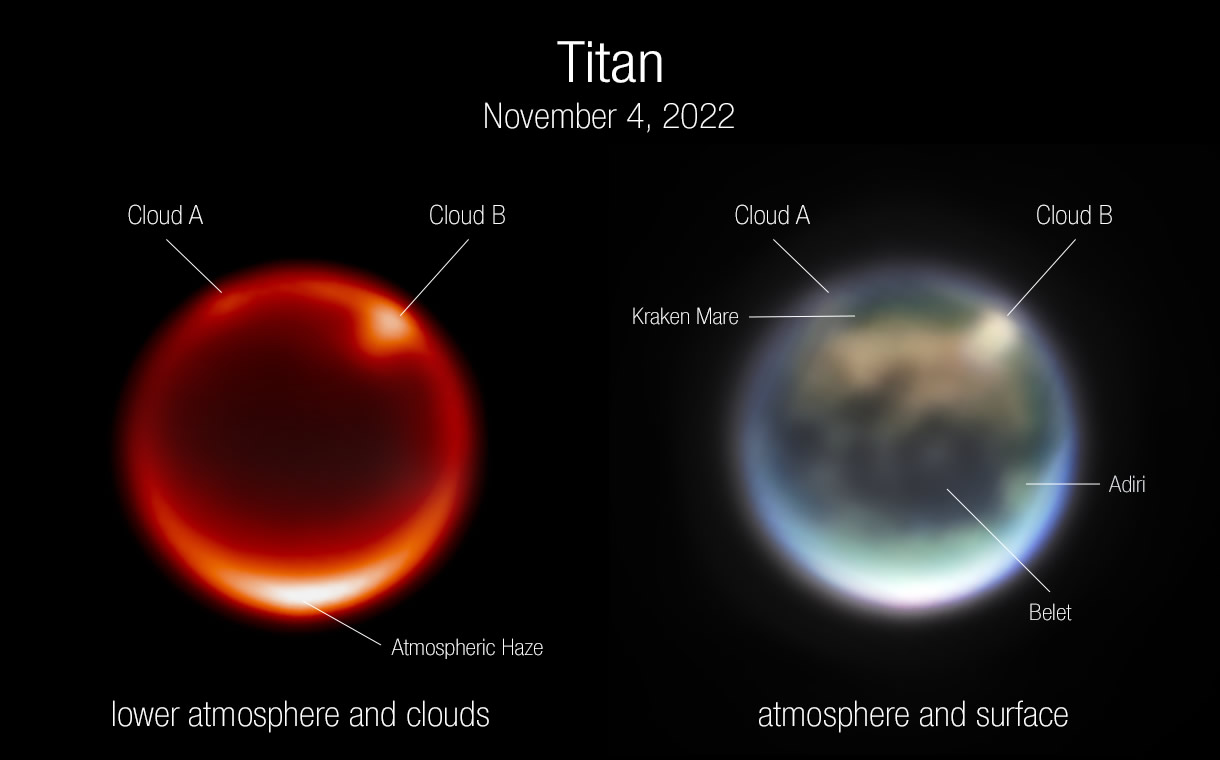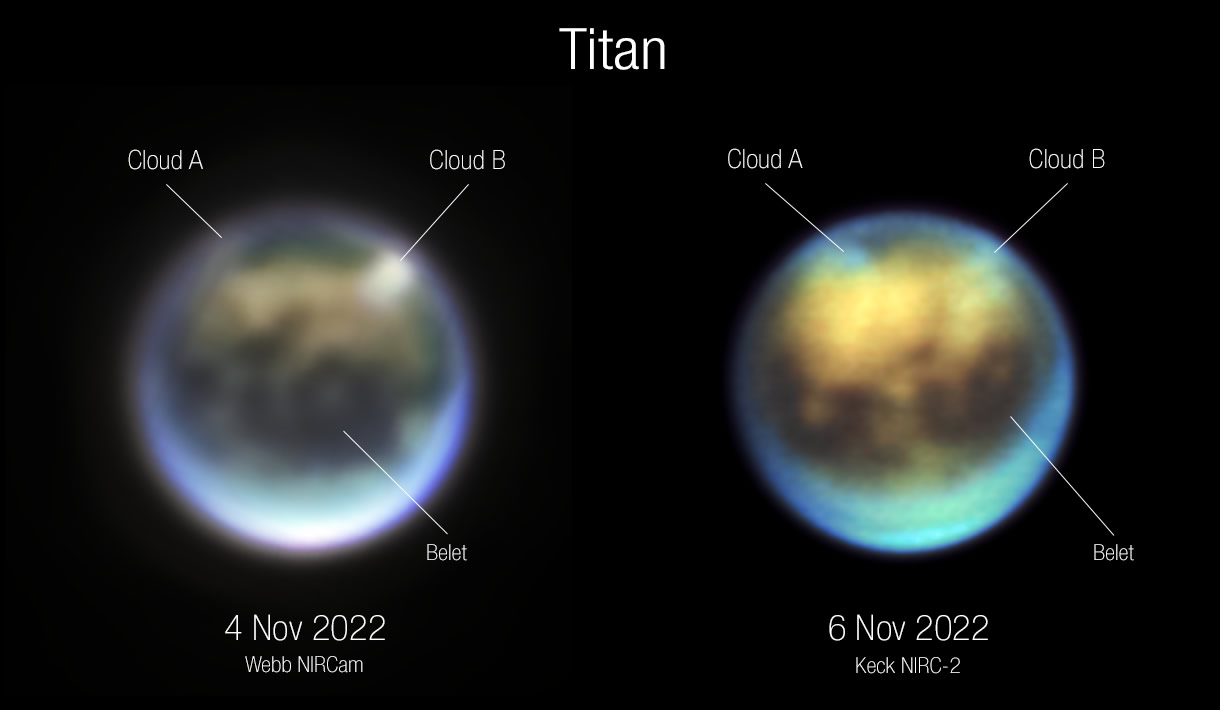
Loading Article and Images : ❱
More
❱
❰ Less
|
Read the Full Story
|
This Image in Depth
Image Details -
CREDITS -
NASA, ESA, CSA
Video Tour
Credits: NASA, ESA, CSA. SCIENCE: Jose M. Diego (IFCA), Brenda Frye (University of Arizona), Patrick Kamieneski (ASU), Tim Carleton (ASU), Rogier Windhorst (ASU). IMAGE PROCESSING: Alyssa Pagan (STScI), Jake Summers (ASU), Jordan C. J. D'Silva (UWA), Anton M. Koekemoer (STScI), Aaron Robotham (UWA), Rogier Windhorst (ASU)
Zoom in to Rho Ophiuchi
The star-forming region captured in Webb’s image is small and not particularly active compared to other well-known star-forming regions. It is the region’s proximity to Earth (390 light-years) that allows Webb to capture it in such detail, emphasizing the structure of jets bursting from young solar-mass stars, and a dusty “cave” of glowing polycyclic aromatic hydrocarbons. Note: There is no audio.
Credits:NASA, ESA, CSA, Alyssa Pagan (STScI)
Draggable Comparison: Hubble / Webb NIRCam
DRAG Handle/Centerline (or CLICK on images) to compare


Image Comparison Info:
- The chaotic merging galaxies II ZW 96 have been examined in two distinct wavelengths in these images from the NASA/ESA Hubble Space Telescope and the NASA/ESA/CSA James Webb Space Telescope.
- The image on the left was taken by Hubble’s Advanced Camera for Surveys and gives a view over the visible-light spectrum of this merger, clearly showing the starburst systems that have formed between the two galactic cores with their older stars.
- The image on the right, Webb’s image from the Near-InfraRed Camera shines particularly brightly in infrared light. The star-forming regions which have been activated by the galactic tumult are particularly luminous in the infrared, which placed ZW II 96 as one of Webb’s first targets.
- Credit: ESA/Webb, NASA & CSA, L. Armus, A. Evans; the Hubble Heritage Team (STScI/AURA)-ESA/Hubble Collaboration
PARTNERS:
JWST:


